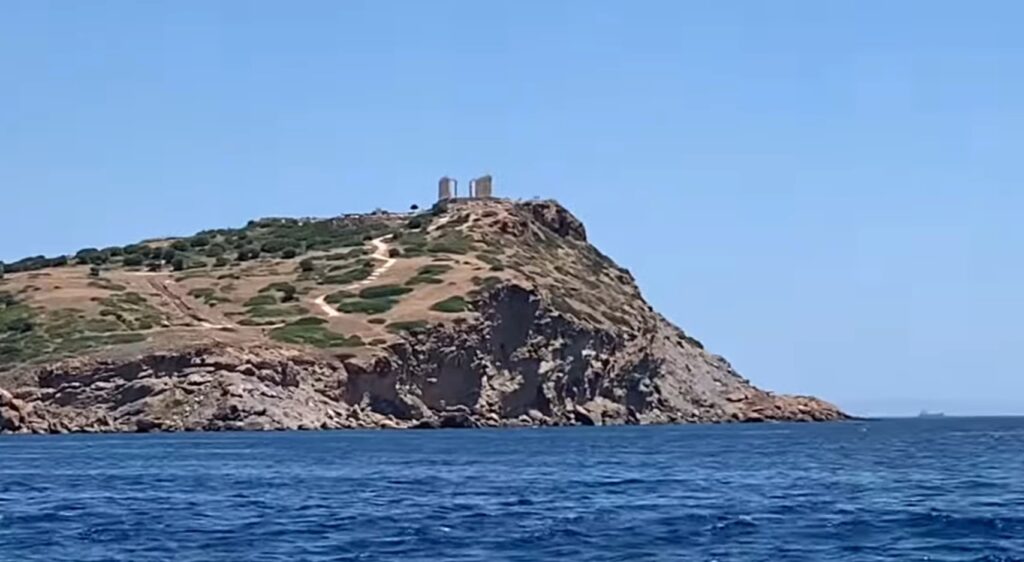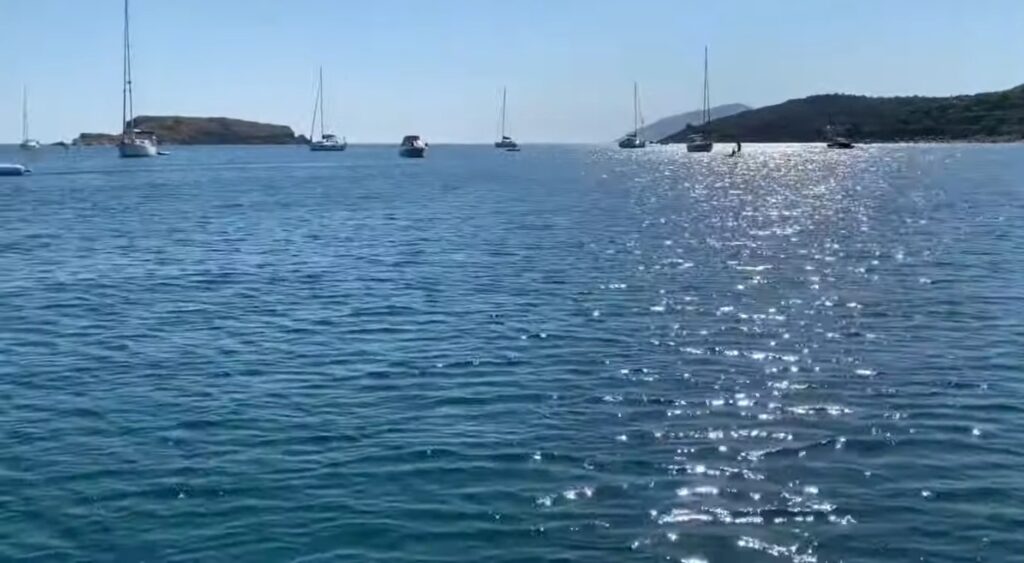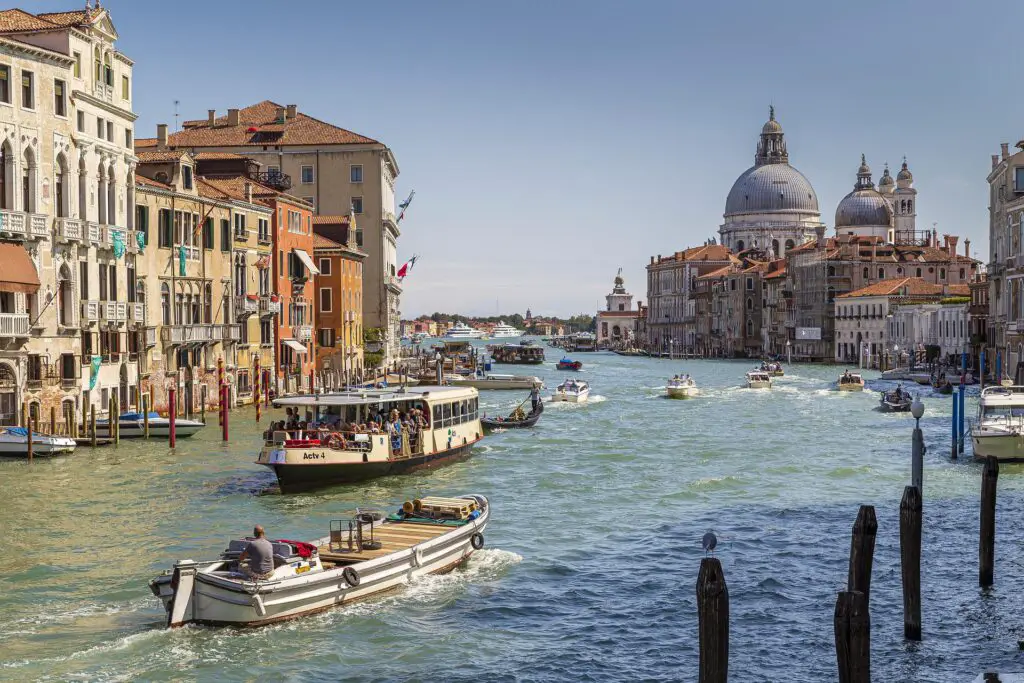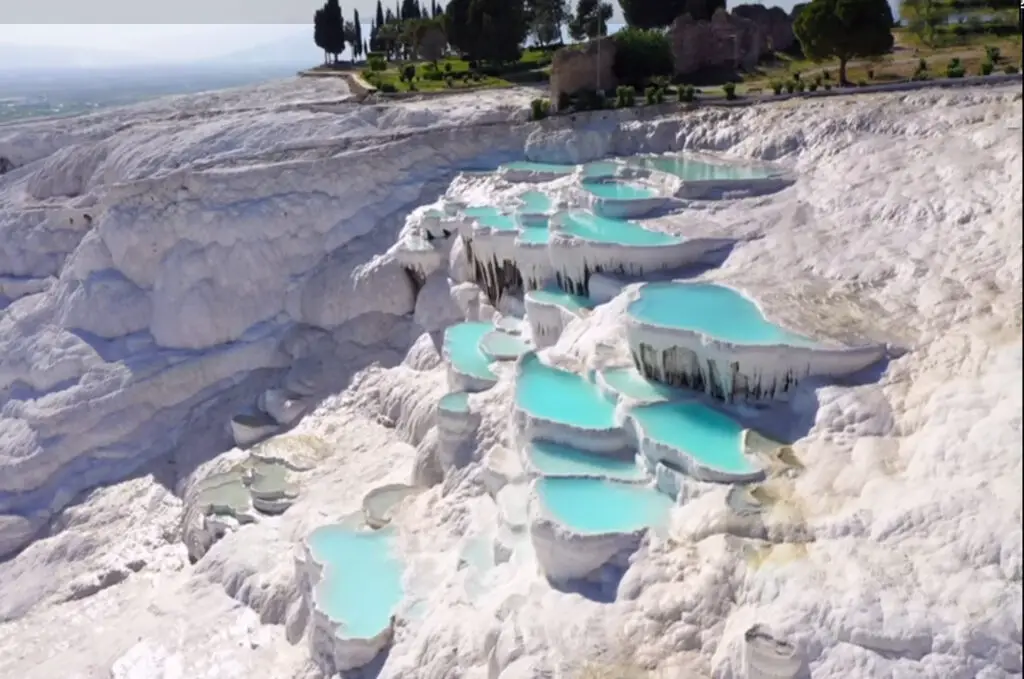The Aegean Sea is a large body of water located in the eastern Mediterranean Sea, bordered by Greece to the west and Turkey to the east. It covers an area of approximately 214,000 square kilometers, making it one of the largest seas in the region. The Aegean Sea is also home to numerous islands, including some of the most popular tourist destinations in Greece.
Why is it called the Aegean Sea?
The Aegean Sea is named after the ancient region of Aegea or Aegeis, which was a district in the northeastern part of ancient Greece. The name “Aegean” has its origins in Greek mythology and is associated with a figure from Greek legend.
According to Greek mythology, Aegeus (or Aigeus) was a legendary king of Athens and the father of Theseus, a heroic figure known for his slaying of the Minotaur in the labyrinth of Crete. The story goes that Aegeus, upon Theseus’s departure to Crete, instructed him to change the color of the sails on his return journey to indicate his success. However, Theseus forgot to change the sails from black to white, and when Aegeus saw the black sails from afar, he believed his son to be dead and jumped into the sea, tragically ending his life.
The sea where Aegeus is said to have drowned came to be known as the Aegean Sea in his memory. This naming tradition, rooted in mythology and historical legends, is common in the region and contributes to the rich tapestry of stories and origins that make up the cultural and historical landscape of the Mediterranean.
So, the name “Aegean Sea” is a testament to the enduring impact of Greek mythology on the geographical nomenclature of the area and serves as a reminder of the deep connections between myth, history, and the land and waters they describe.
Geography and Climate
 The Aegean Sea is approximately 400 kilometers long and 200 kilometers wide, with an average depth of 220 meters. It is surrounded by several countries, including Greece, Turkey, and Albania, as well as the islands of Cyprus and Crete. The sea is connected to the Black Sea by the Dardanelles Strait and the Sea of Marmara, and to the Mediterranean Sea by the Strait of the Dardanelles and the Strait of Gibraltar.
The Aegean Sea is approximately 400 kilometers long and 200 kilometers wide, with an average depth of 220 meters. It is surrounded by several countries, including Greece, Turkey, and Albania, as well as the islands of Cyprus and Crete. The sea is connected to the Black Sea by the Dardanelles Strait and the Sea of Marmara, and to the Mediterranean Sea by the Strait of the Dardanelles and the Strait of Gibraltar.
The Aegean Sea has a Mediterranean climate, characterized by hot, dry summers and mild, wet winters. The sea is also subject to occasional storms and strong winds, particularly in the winter months.
Where are the Aegean Sea?
The Aegean Sea is located in southeastern Europe, situated between the southeastern portion of mainland Greece and the western coast of Turkey. It is part of the Mediterranean Sea and is bordered by several countries and regions. To provide a clearer picture, the Aegean Sea is situated as follows:
To the west, it is bounded by the eastern coast of Greece, including regions like Attica (where Athens is located), the Peloponnese, and Central Greece.
To the east, it is bordered by the western coast of Turkey, including areas such as Izmir (formerly Smyrna) and the Aegean region of Turkey.
To the south, the Aegean Sea opens up into the Mediterranean Sea through the Strait of Crete.
To the north, the sea is bounded by various Aegean islands, including the Cyclades, the Dodecanese, and the Sporades.
The Aegean Sea is known for its numerous islands, historical significance, and picturesque landscapes, making it a popular destination for tourists and a historically important region in terms of trade, culture, and civilization.
Islands of the Aegean
 The Aegean Sea is home to numerous islands, including some of the most popular tourist destinations in Greece. The Cyclades, for example, are a group of islands located in the central part of the Aegean Sea, known for their picturesque villages, stunning beaches, and ancient ruins. Some of the most famous islands in the Cyclades include Santorini, Mykonos, and Naxos.
The Aegean Sea is home to numerous islands, including some of the most popular tourist destinations in Greece. The Cyclades, for example, are a group of islands located in the central part of the Aegean Sea, known for their picturesque villages, stunning beaches, and ancient ruins. Some of the most famous islands in the Cyclades include Santorini, Mykonos, and Naxos.
The Dodecanese islands are another group of islands located in the southeastern part of the Aegean Sea, close to the Turkish coast. These islands are known for their beautiful beaches, crystal-clear waters, and rich cultural heritage. Some of the most popular islands in the Dodecanese include Rhodes, Kos, and Patmos.
Historical Sites
The Aegean Sea is also home to several important historical sites, including the ancient city of Troy, which is located in western Turkey, near the entrance of the Dardanelles Strait. According to Greek mythology, the city was the site of the Trojan War, a ten-year conflict between the Greeks and the Trojans.
The Island of Delos, located in the Cyclades, is another important historical site in the Aegean Sea. It was once a major center of trade and religion, and is home to numerous ancient ruins, including the Temple of Apollo, the Terrace of the Lions, and the Sacred Lake.
The island of Samothrace, located in the northeastern part of the Aegean Sea, is also known for its ancient ruins, including the Sanctuary of the Great Gods, which was once a major religious center in ancient Greece.
What is Aegean Sea famous for?
The Aegean Sea is famous for several reasons, primarily due to its historical, cultural, and natural significance. Here are some of the key reasons for the Aegean Sea’s fame:
Ancient Civilization: The Aegean region is often referred to as the cradle of Western civilization. It was home to several ancient cultures, including the Minoans on Crete and the Mycenaeans on the mainland, who left behind remarkable archaeological sites and artifacts.
Greek Mythology: The Aegean Sea is steeped in Greek mythology, with many islands and landmarks associated with legendary tales of gods and heroes. For example, the island of Delos is said to be the birthplace of Apollo and Artemis.
Archipelago Beauty: The Aegean Islands are renowned for their breathtaking beauty, characterized by white-washed buildings, turquoise waters, and charming villages. This visual appeal has made the region a popular destination for travelers and photographers.
Maritime History: The Aegean Sea has been a crucial maritime route for trade, exploration, and conquest throughout history. It was traversed by ancient sailors, explorers, and conquerors, leaving behind a rich maritime heritage.
Historic Sites: The Aegean Sea is dotted with numerous historic sites, including ancient cities, fortresses, and ruins. These sites provide insights into the region’s past and attract history enthusiasts from around the world.
Cultural Heritage: The Aegean region has a vibrant cultural heritage, encompassing traditional music, dance, art, and cuisine. Local festivals, customs, and traditions are deeply rooted in the history of these islands.
Volcanic Landscapes: Islands like Santorini are famous for their unique volcanic landscapes, including dramatic cliffs, calderas, and black sand beaches. The volcanic activity has contributed to the distinctive geography of the region.
Tourist Attractions: The Aegean Sea is a major tourist destination, drawing visitors from all over the world. The islands offer a wide range of activities, from relaxing on pristine beaches to exploring ancient ruins and enjoying vibrant nightlife.
Blue Flag Beaches: Many beaches in the Aegean Sea have been awarded the prestigious Blue Flag designation for their cleanliness, safety, and environmental sustainability.
Sailing and Cruising: The calm and clear waters of the Aegean Sea make it a popular destination for sailing and cruising. Many travelers explore the region by boat, hopping between islands and experiencing the beauty of the sea.
Overall, the Aegean Sea’s fame is a result of its rich history, captivating mythology, stunning natural landscapes, and its role as a gateway to ancient civilizations and modern leisure.
In conclusion, the Aegean Sea is a beautiful and historic body of water, home to numerous islands, beaches, and ancient ruins. It is an important shipping route and a popular tourist destination, attracting millions of visitors each year. With its crystal-clear waters, mild climate, and rich cultural heritage, the Aegean Sea is truly a gem of the Mediterranean.







